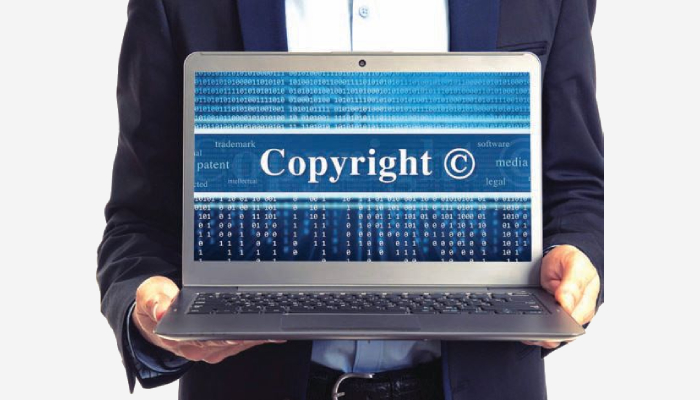
or

There are many important amendments made to the Copyright Act. It is vital to know what amendments will have far reaching consequences. Here is an attempt to feature such important amendments made in the Indian Copyright Act in this exhaustive article. Read on to know the all.
The important amendments made in the Act can broadly be classified into:
The Proposal to validate parallel import by amending Section 2 ( m) has been dropped.
As per the section, any person who circumvents an effective technological measure applied for the purpose of protecting any of the rights conferred under the copyright Act, with the intention of infringing such rights, will be punishable with imprisonment which may extend to two years and will also be liable to fine. The section does not prevent any person from doing anything for a purpose not prohibited by the Copyright Act. Any person facilitating a person to circumvent a technological measure must maintain records of the person and the purpose of circumvention.
Circumvention of technological measures is permitted for the purpose of:
The new section 31C introduced by the amendment Act provides for the grant of a statutory license for making cover versions of sound recordings. A statutory license will be granted provided the following conditions are met:
The new section 31D introduced by the amendment allows a broadcasting organization to broadcast a published work through a statutory license. The broadcasting may be done provided:
If a performer consents through a written to incorporation of the performance in a cinematographic work, he shall not object to enjoyment of such right by the producer. Notwithstanding the aforesaid, the performer shall be entitled for making of performances for commercial use.
As per section 38B, the performer shall have moral right of attribution as a performer unless omission is dictated by manner of use of performance. Furthermore, a performer also has the right to prevent mutilation or modification that would be prejudicial to his reputation.
Mr. Zameer Nathani holds a Master’s Degree in Law and Certifications from World Intellectual Property Office Academy, UN. Mr. Nathani started his career with a law firm and has managed legal assignments for clients like Eureka Forbes, LG Electronics, Thermo Electron (India), Forbes Aquatech (India), FirstNaukri.com, Thompson Multimedia, Concord Shipping, Forbes Abans, Hansen Engineering (US), Dometic AB (Sweden), Johnson and Johnson, JohnsonDiversey (India), Atlantic Lubricants, ISPAT Industries, Indian Red Cross Society, TCL India, and Ginger Hotels etc. Mr. Nathani was part of Reliance – Anil Dhirubhai Ambani Group as Associate Vice President – Legal, heading legal department for all the digital businesses under Reliance Entertainment

Lex Witness Bureau

Lex Witness Bureau

Lex Witness Bureau

For over 10 years, since its inception in 2009 as a monthly, Lex Witness has become India’s most credible platform for the legal luminaries to opine, comment and share their views. more...
Connect Us:


The Grand Masters - A Corporate Counsel Legal Best Practices Summit Series
www.grandmasters.in | 8 Years & Counting
The Real Estate & Construction Legal Summit
www.rcls.in | 8 Years & Counting
The Information Technology Legal Summit
www.itlegalsummit.com | 8 Years & Counting
The Banking & Finance Legal Summit
www.bfls.in | 8 Years & Counting
The Media, Advertising and Entertainment Legal Summit
www.maels.in | 8 Years & Counting
The Pharma Legal & Compliance Summit
www.plcs.co.in | 8 Years & Counting
We at Lex Witness strategically assist firms in reaching out to the relevant audience sets through various knowledge sharing initiatives. Here are some more info decks for you to know us better.
Copyright © 2020 Lex Witness - India's 1st Magazine on Legal & Corporate Affairs Rights of Admission Reserved